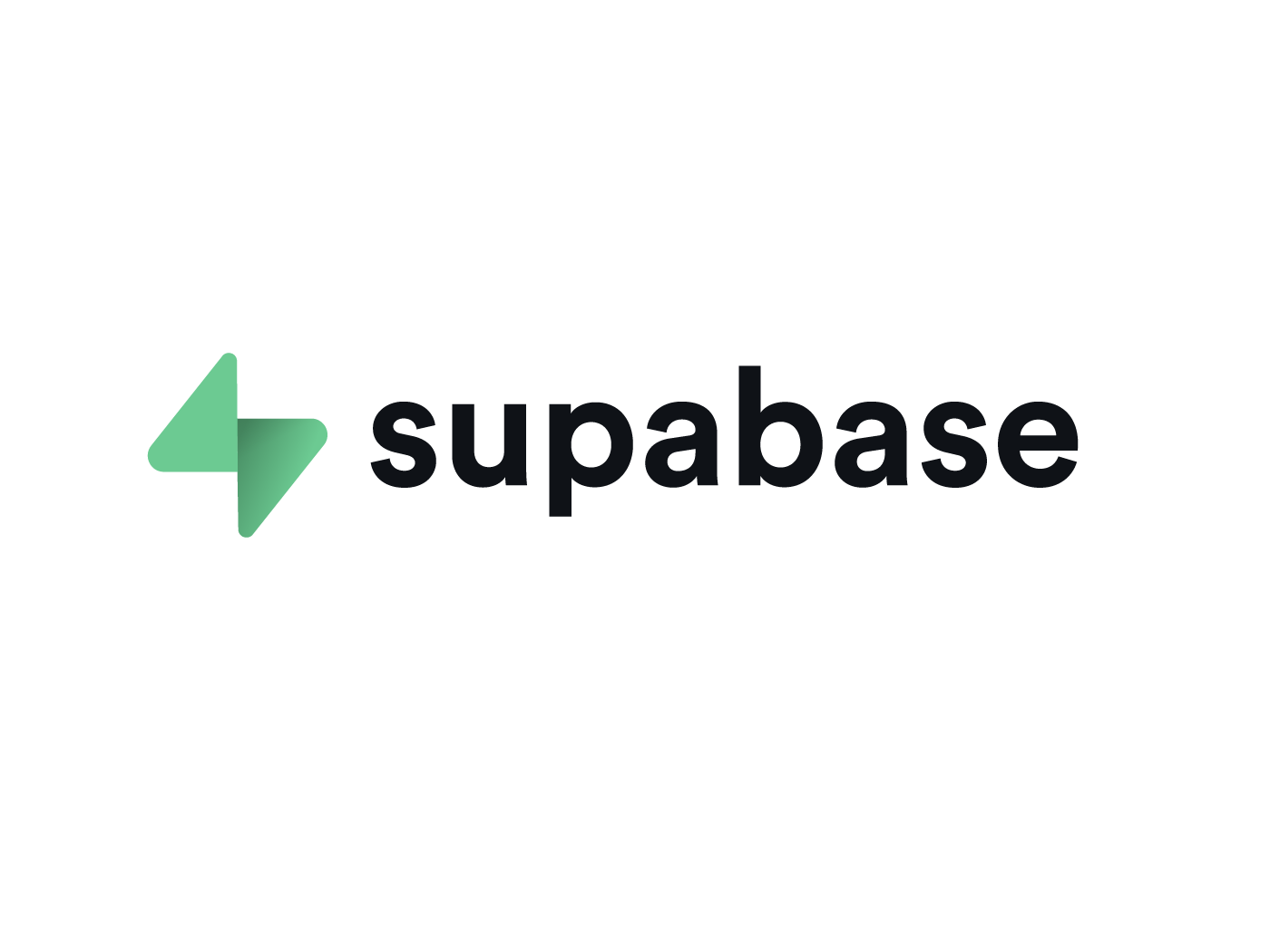Supabase: The Complete Guide to the Open-Source Firebase Alternative
In the rapidly evolving landscape of backend-as-a-service (BaaS) platforms, Supabase has emerged as a compelling open-source alternative to Firebase. Built on PostgreSQL and designed with developer experience in mind, Supabase offers a comprehensive suite of tools that can accelerate your application development while maintaining the flexibility and power of traditional databases.
What is Supabase?
Supabase is an open-source Firebase alternative that provides developers with all the backend services they need to build modern applications. At its core, Supabase is built on PostgreSQL, one of the world’s most advanced open-source relational databases, and wraps it with a suite of tools and services that make it incredibly easy to use.
Unlike Firebase, which uses NoSQL document databases, Supabase gives you the full power of SQL with real-time capabilities, making it an excellent choice for applications that require complex queries, relationships, and data integrity.
Core Features and Services
1. Database
Supabase provides a fully managed PostgreSQL database with several key advantages:
- Full SQL Support: Unlike NoSQL alternatives, you get the complete power of SQL queries, joins, views, and functions
- Row Level Security: Built-in security policies that control data access at the row level
- Extensions: Support for PostgreSQL extensions like PostGIS for geospatial data
- Auto-generated APIs: Instant REST and GraphQL APIs based on your database schema
2. Real-time Subscriptions
One of Supabase’s standout features is its real-time capabilities:
- Database Changes: Listen to inserts, updates, and deletes in real-time
- Broadcast: Send ephemeral messages between clients
- Presence: Track user presence and shared state
- WebSocket-based: Efficient, low-latency real-time updates
3. Authentication
Comprehensive authentication system with:
- Multiple Providers: Email/password, OAuth (Google, GitHub, Discord, etc.), and magic links
- Row Level Security Integration: Authentication seamlessly integrates with database security
- JWT Tokens: Industry-standard JSON Web Tokens for secure session management
- User Management: Built-in user profiles and metadata handling
4. Storage
File storage solution with:
- S3-Compatible: Works with existing S3 tools and workflows
- Image Transformations: On-the-fly image resizing and optimization
- Security Policies: Same row-level security system applies to files
- CDN Integration: Global content delivery for fast file access
5. Edge Functions
Serverless functions powered by Deno:
- TypeScript Native: First-class TypeScript support
- Global Distribution: Run functions close to your users
- Database Integration: Direct access to your Supabase database
- Webhook Support: Perfect for handling third-party integrations
Why Choose Supabase?
Open Source Advantage
Being open source means you’re not locked into a proprietary platform. You can:
- Self-host: Run Supabase on your infrastructure if needed
- Contribute: Help shape the platform’s future
- Transparency: Full visibility into how the platform works
- Community: Active community contributing tools, extensions, and support
Developer Experience
Supabase prioritizes developer experience with:
- Instant Setup: Get started in minutes with their hosted platform
- Intuitive Dashboard: Clean, powerful interface for managing your project
- Excellent Documentation: Comprehensive guides and API references
- Multiple SDKs: Official libraries for JavaScript, Python, Dart, and more
PostgreSQL Power
By building on PostgreSQL, Supabase offers:
- ACID Compliance: Full transactional integrity
- Advanced Data Types: JSON, arrays, geometric types, and more
- Complex Queries: Joins, subqueries, window functions, and CTEs
- Mature Ecosystem: Decades of PostgreSQL tooling and expertise
Getting Started with Supabase
1. Project Setup
Getting started is straightforward:
- Sign up at supabase.com
- Create a new project
- Wait for your PostgreSQL instance to be provisioned (usually takes 2-3 minutes)
- Access your project dashboard
2. Database Schema
Design your database schema using the built-in SQL editor or table interface:
-- Example: Creating a simple blog schema
CREATE TABLE profiles (
id UUID PRIMARY KEY DEFAULT uuid_generate_v4(),
email TEXT UNIQUE NOT NULL,
username TEXT UNIQUE,
created_at TIMESTAMP WITH TIME ZONE DEFAULT NOW()
);
CREATE TABLE posts (
id UUID PRIMARY KEY DEFAULT uuid_generate_v4(),
title TEXT NOT NULL,
content TEXT,
author_id UUID REFERENCES profiles(id),
created_at TIMESTAMP WITH TIME ZONE DEFAULT NOW(),
updated_at TIMESTAMP WITH TIME ZONE DEFAULT NOW()
);
3. Client Integration
Install the Supabase client library and start building:
import { createClient } from '@supabase/supabase-js'
const supabaseUrl = 'YOUR_SUPABASE_URL'
const supabaseKey = 'YOUR_SUPABASE_ANON_KEY'
const supabase = createClient(supabaseUrl, supabaseKey)
// Fetch data
const { data, error } = await supabase
.from('posts')
.select('*, profiles(*)')
.order('created_at', { ascending: false })
// Real-time subscription
supabase
.channel('posts')
.on('postgres_changes', {
event: '*',
schema: 'public',
table: 'posts'
}, (payload) => {
console.log('Change received!', payload)
})
.subscribe()
Use Cases and Applications
Supabase excels in various scenarios:
SaaS Applications
- User management: Built-in authentication and user profiles
- Multi-tenancy: Row-level security for data isolation
- Real-time features: Live updates and collaboration
- Analytics: SQL queries for business intelligence
Mobile Applications
- Offline-first: Built-in caching and sync capabilities
- Real-time sync: Keep mobile apps in sync across devices
- File uploads: Image and document handling
- Push notifications: Integration with mobile push services
Content Management
- Dynamic content: Flexible schema for various content types
- Media handling: Image optimization and storage
- User-generated content: Comments, ratings, and social features
- SEO optimization: Server-side rendering friendly
Supabase vs Firebase: Key Differences
Database Model
- Supabase: Relational (PostgreSQL) with SQL queries
- Firebase: NoSQL document database
Real-time
- Supabase: PostgreSQL change streams with WebSocket
- Firebase: Firestore real-time listeners
Pricing
- Supabase: More predictable pricing, generous free tier
- Firebase: Can become expensive with scale, pay-per-operation
Vendor Lock-in
- Supabase: Open source, can self-host
- Firebase: Proprietary Google service
Best Practices
Database Design
- Normalize your data: Take advantage of relational database features
- Use indexes: Optimize query performance with proper indexing
- Row Level Security: Implement security policies from the start
- Use views: Create reusable query logic with database views
Security
- API Keys: Keep anon keys public, service keys private
- RLS Policies: Write comprehensive row-level security policies
- Environment Variables: Store sensitive data in environment variables
- HTTPS Only: Always use HTTPS in production
Performance
- Connection Pooling: Use connection pooling for high-traffic applications
- Query Optimization: Monitor and optimize slow queries
- Caching: Implement client-side caching where appropriate
- CDN: Use Supabase’s CDN for static assets
The Future of Supabase
Supabase continues to evolve rapidly with exciting features on the roadmap:
- Enhanced Edge Functions: More runtime options and better performance
- Advanced Analytics: Built-in analytics and monitoring tools
- Multi-region: Distributed database support
- Marketplace: Third-party extensions and integrations
- Enterprise Features: Advanced security and compliance tools
Conclusion
Supabase represents a compelling evolution in backend-as-a-service platforms. By combining the power and flexibility of PostgreSQL with modern developer tools and real-time capabilities, it offers a unique value proposition for developers who want the benefits of a managed backend without sacrificing the power of SQL.
Whether you’re building a simple web application, a complex SaaS platform, or a real-time collaborative tool, Supabase provides the infrastructure and tools you need to focus on what matters most: building great user experiences.
The open-source nature of Supabase means you’re investing in a platform that you can grow with, modify, and even self-host if your needs change. As the ecosystem continues to mature and expand, Supabase is positioning itself as a long-term partner for developers who value both power and simplicity in their backend infrastructure.
Ready to get started? Head over to supabase.com and spin up your first project in minutes. The future of backend development is here, and it’s open source.


